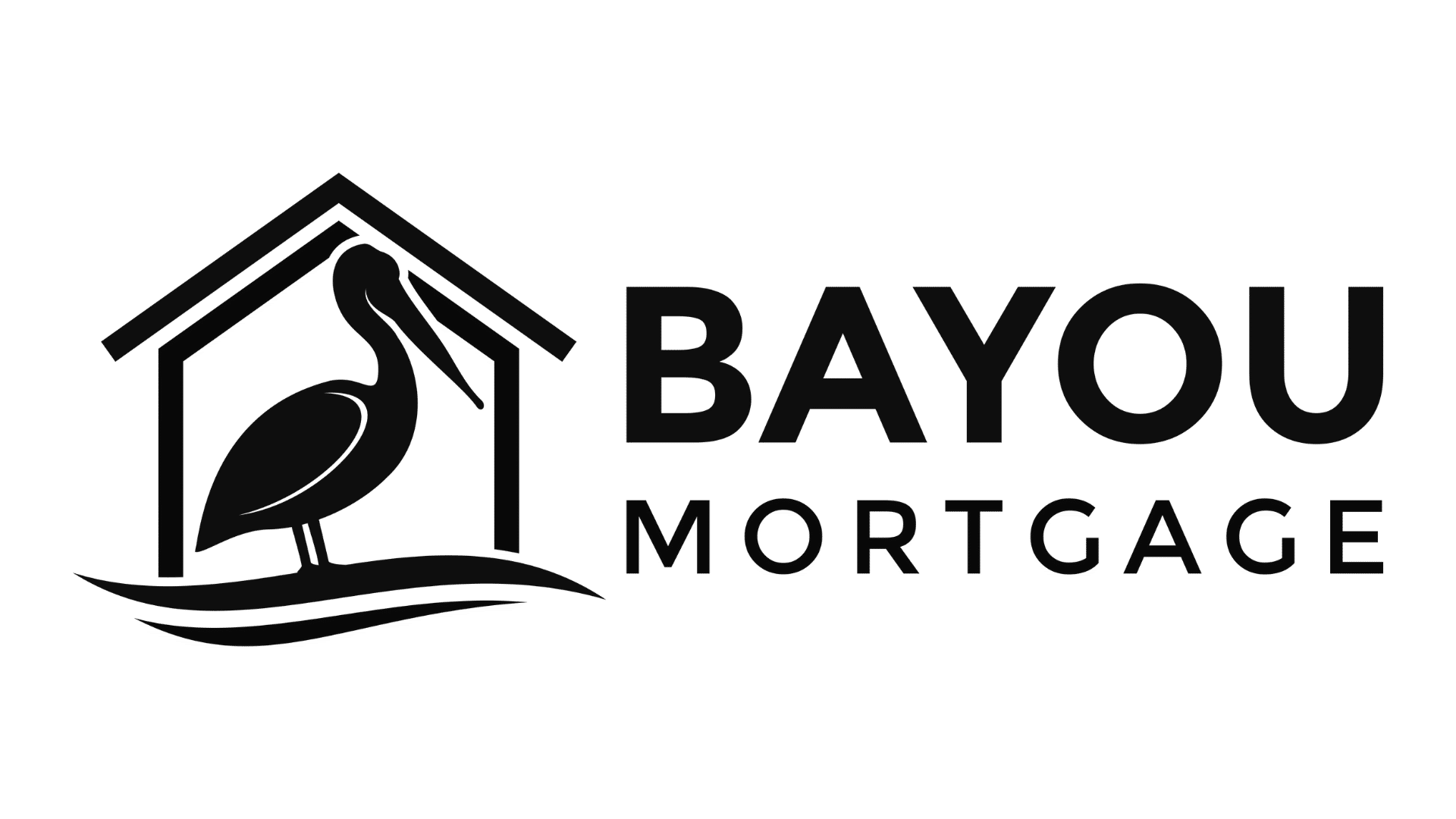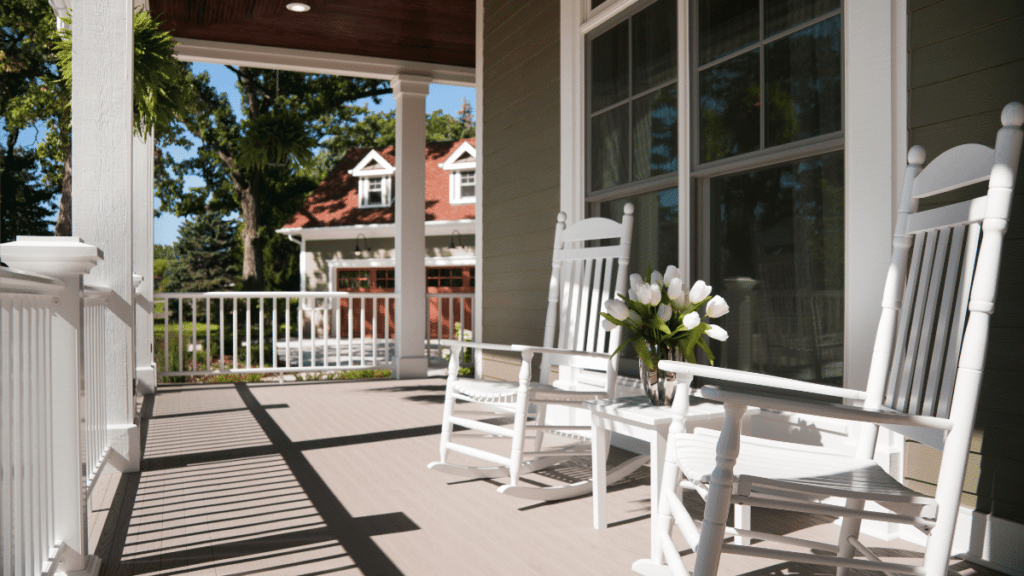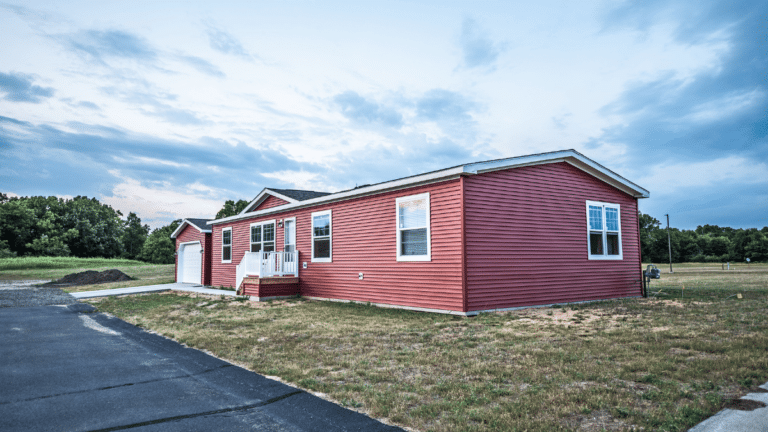When it comes to securing an FHA loan for a new home, navigating the territory of FHA railing requirements and property standards can initially seem daunting. This guide is here to simplify and demystify the FHA’s minimum property standards, focusing on what you need to know about railing requirements and other key inspection points. Whether you’re a first-time homebuyer or looking to understand the specifics of FHA compliance, this article will provide you with the essential information, tips, and remedies to ensure you’re well-prepared for your journey towards homeownership.
What Are The FHA Minimum Property Requirements?
When you’re taking the leap into homeownership through anFHA loan, you’re stepping into a process filled with standards and requirements. But don’t let that overwhelm you. One of the steps to securing this loan is understanding the FHA minimum property requirements. What does this mean, exactly? Think of it as theFederal Housing Administration’s way of making sure the home you’re eyeing is safe, secure, and solid.
These requirements touch on everything related to the house’s condition. We’re talking about everything from the electrical and heating systems inside the house to the roofing and, importantly for our discussion, railings outside. The idea is for the FHA to ensure that homes financed with their loans are livable from the get-go, avoiding potential issues down the line.
How Do The FHA Minimum Property Standards Work?
At this point, you might wonder, “How does the FHA check all this?” Well, it starts with an FHA-approved appraiser. This professional walks through the property to identify if any common safety, security, and soundness problems could make the home a risky purchase.
What counts as risky, you ask? It’s anything that could endanger the health and safety of the occupants or impact the structural integrity of the building. For instance, a shaky foundation, a roof that looks more like Swiss cheese, or a non-existent railing where there definitely should be one. The aim here is twofold: protect the buyer (that’s you!) from buying a potential money pit and shield the lender from financing a high-risk property.
These standards are a critical filter for the FHA loan process, ensuring that homes are up to snuff in terms of safety and livability. After all, this is likely one of the biggest investments you’ll make—you want to ensure it’s a sound one!
Key Safety, Security, and Structural Concerns in Properties
As we delve a bit deeper into what FHA appraisers are on the hunt for, it’s all about ensuring that each home financed through an FHA loan is a safe haven for its inhabitants. Let’s expand on the major no-no’s they keep an eye out for:
Electrical and Heating
- Electric Systems: These are the heart of a home’s functionality. Unsafe wiring or outdated systems pose fire risks. Appraisers look for modern, code-compliant electrical systems that are free of hazards like exposed wires.
- Heating Systems: Imagine a winter with no heating. Not fun, right? That’s why functioning heating systems are non-negotiable. The system must be capable of keeping the home “healthfully and comfortably warm,” as per FHA standards.
Roofs and Attics
- Leak-Free is the Key: Roofs protect against the elements. An FHA appraiser checks for leaks, missing tiles or shingles, and general disrepair. The roofing must have a reasonable remaining lifespan, typically two years minimum, ensuring no immediate replacements are needed.
Water Heaters
- Safety Secured: Water heaters can be hazardous if not correctly installed. They must be adequately anchored and equipped with a pressure relief valve to prevent potential explosions or leaks.
Hazards and Nuisances
- Environmental Concerns: Homes should be sanctuaries, not hazards. Appraisers check for radon gas, lead-based paint in homes pre-1978, and other environmental threats that could compromise health and safety.
Property Access
- Come on In: There’s a simple rule here – safe and easy access. This means well-maintained walkways and driveways, ensuring that entering and leaving the property is not an adventure course.
Structural Soundness
- Solid Foundations: No one wants to live in a home that might crumble. Appraisers inspect the foundation and other structural components for integrity and stability.
Asbestos
- Hidden Dangers: In older homes, especially those built before 1989, materials containing asbestos might be present. If suspected, further inspections may be required to assess and mitigate any risks.
Bathrooms
- Basic Needs: A functional bathroom is a must-have. This means working fixtures – a toilet, sink, and a bath or shower. It’s all about ensuring basic living conditions are met.
Understanding these points gives a clearer picture of what FHA appraisers look for during their evaluations. Each item on this list is about ensuring that the home is safe, secure, and offers a sound living environment. It’s the FHA’s way of safeguarding both buyers and lenders against investing in a property that could present problems down the line.
FHA Minimum Property Standards Checklist
Zooming into the specifics, especially regarding railings, gives us a clear picture of what FHA appraisers are looking for during their property evaluation. Here’s the checklist for ensuring a home meets the mark concerning railings, under the umbrella of general safety and security standards:
- Steady and Secure Railings: Stairs with more than three risers must have railings. This isn’t just a matter of aesthetics; it’s a crucial safety feature designed to prevent falls. From the basement steps to the outdoor deck, if there’s a potential for a tumble, there needs to be a railing.
- Built to Last and Hold Fast: Railings on stairs, decks, and balconies must not only be present but also sturdy. They should withstand pressure, proving they can support someone leaning on them or catching themselves during a slip.
- Materials Matter: The condition and durability of the materials used for railings are inspected to ensure they are not deteriorating. Wood railings shouldn’t show signs of rot, and metal ones shouldn’t have rust that compromises their integrity.
- Height Requirements: Railings, especially those on decks and balconies, must meet specific height requirements (usually around 36 to 38 inches) to ensure they provide adequate security and prevent over-the-edge accidents.
- Spacing Standards: The spacing of balusters (the vertical components) in railings is also key. This is to prevent small children from slipping through or getting stuck.
This checklist is a part of the larger assessment focusing on making sure that every corner of the potential new home is safe, secure, and ready for its new occupants.
Remedies for Properties Below Minimum Standards
What happens if the dream home you’ve set your eyes on falls short of these standards? It’s not the end of the road. There are several paths you can take to remedy the situation:
- Negotiation with Sellers: Often, FHA inspection findings can be resolved through negotiations with the seller. They may agree to make necessary repairs or adjustments to meet FHA standards, ensuring the loan process can move forward.
- FHA 203(k) Rehabilitation Loan: If a property requires significant repairs or improvements to meet FHA standards, a buyer might consider applying for an FHA 203(k) loan. This type of loan includes the purchase price and the cost of renovations in one mortgage, allowing buyers to finance the property’s rehabilitation.
- Self-Initiated Repairs: In some cases, buyers may choose to undertake necessary repairs themselves, assuming the seller is open to such arrangements. However, it’s crucial to consult with the lender and FHA to ensure all guidelines are followed.
Properties falling below FHA standards isn’t uncommon, but there are established ways to bring them up to par. Understanding these remedies can empower you as a buyer, ensuring you’re prepared to take the necessary steps to secure your FHA loan and your future home.
With this comprehensive overview of FHA railing and property requirements, plus insights into addressing potential issues, you’re now better equipped to navigate the process of buying a home with an FHA loan
The Bottom Line on FHA Railing Requirments
Understanding FHA railing requirements and the broader spectrum of FHA property standards is crucial in the FHA loan process. It’s not just about ticking boxes; it’s about ensuring the safety, security, and soundness of your future home. While FHA standards might seem daunting, they are designed to protect you, the buyer. And remember, even if a property doesn’t meet these standards initially, there are several paths forward, from negotiating repairs with the seller to considering an FHA 203(k) rehabilitation loan. Empowered with this knowledge, navigating the path to homeownership through an FHA loan becomes less complicated and more achievable.
FAQs
Does FHA still require handrails?
Yes, FHA still requires handrails for stairs with more than three risers. This requirement is to ensure safety and prevent falls. Handrails must also meet specific standards for stability, height, and condition.
What would cause a house to fail an FHA inspection?
A house might fail an FHA inspection for several reasons, such as safety hazards, structural issues, or systems not in working order. Common problems include faulty electrical systems, weak foundations, improper grading, roof leaks, and missing handrails. These issues highlight concerns that could endanger the residents or affect the home’s integrity.
What are red flags for an FHA loan?
Red flags for an FHA loan include significant structural damage, unsafe living conditions, and issues that severely impact the property’s security or soundness. Problems with the roof, foundation, HVAC, plumbing, or electrical systems, as well as environmental hazards like mold or asbestos, could raise concerns during the loan approval process.
What is the FHA minimum property standards checklist?
The FHA minimum property standards checklist includes a wide range of criteria to ensure a property is safe, secure, and structurally sound. Key points include:
- Safe electrical and heating systems
- A roof with at least two years of remaining life
- Secure water heaters with necessary safety valves
- No environmental hazards like radon or lead paint
- Proper access for pedestrians and vehicles
- Structural components in good condition
- Functioning bathrooms with basic fixtures
- Secure and adequate railing where needed
This checklist helps protect both the lender and buyer by ensuring the property is a worthwhile and safe investment.














